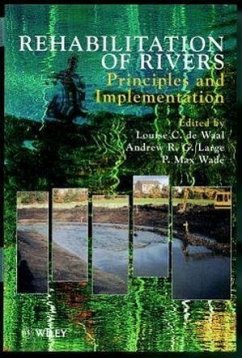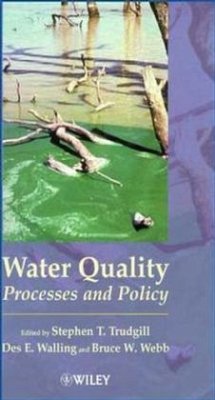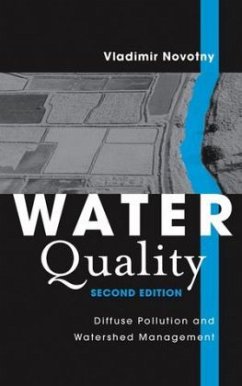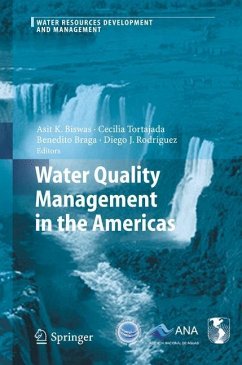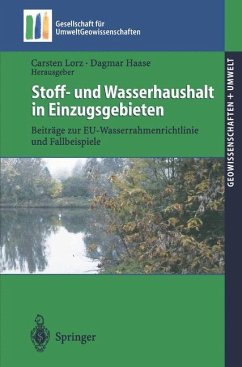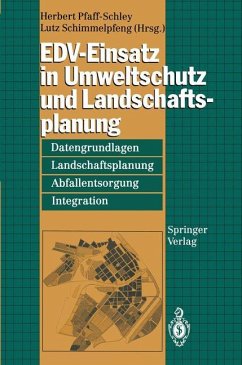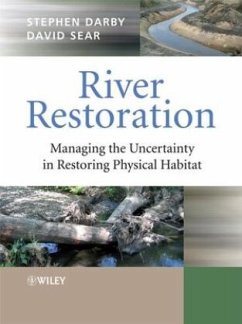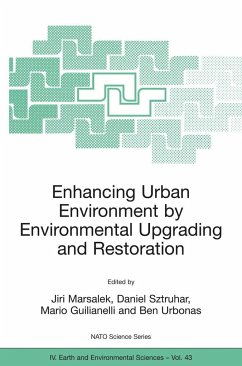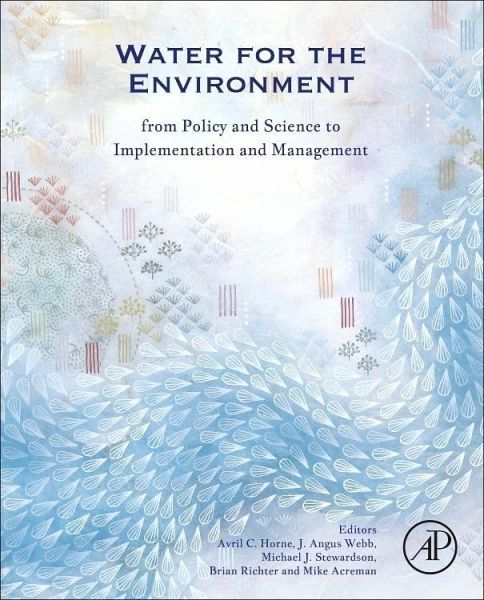
Water for the Environment
From Policy and Science to Implementation and Management
Herausgegeben: Horne, Avril; Webb, Angus; Stewardson, Michael; Richter, Brian; Acreman, Mike

PAYBACK Punkte
64 °P sammeln!
Water for the Environment: From Policy and Science to Implementation and Management provides a holistic view of environmental water management, offering clear links across disciplines that allow water managers to face mounting challenges.
The book highlights current challenges and potential solutions, helping define the future direction for environmental water management. In addition, it includes a significant review of current literature and state of knowledge, providing a one-stop resource for environmental water managers.
The book highlights current challenges and potential solutions, helping define the future direction for environmental water management. In addition, it includes a significant review of current literature and state of knowledge, providing a one-stop resource for environmental water managers.




